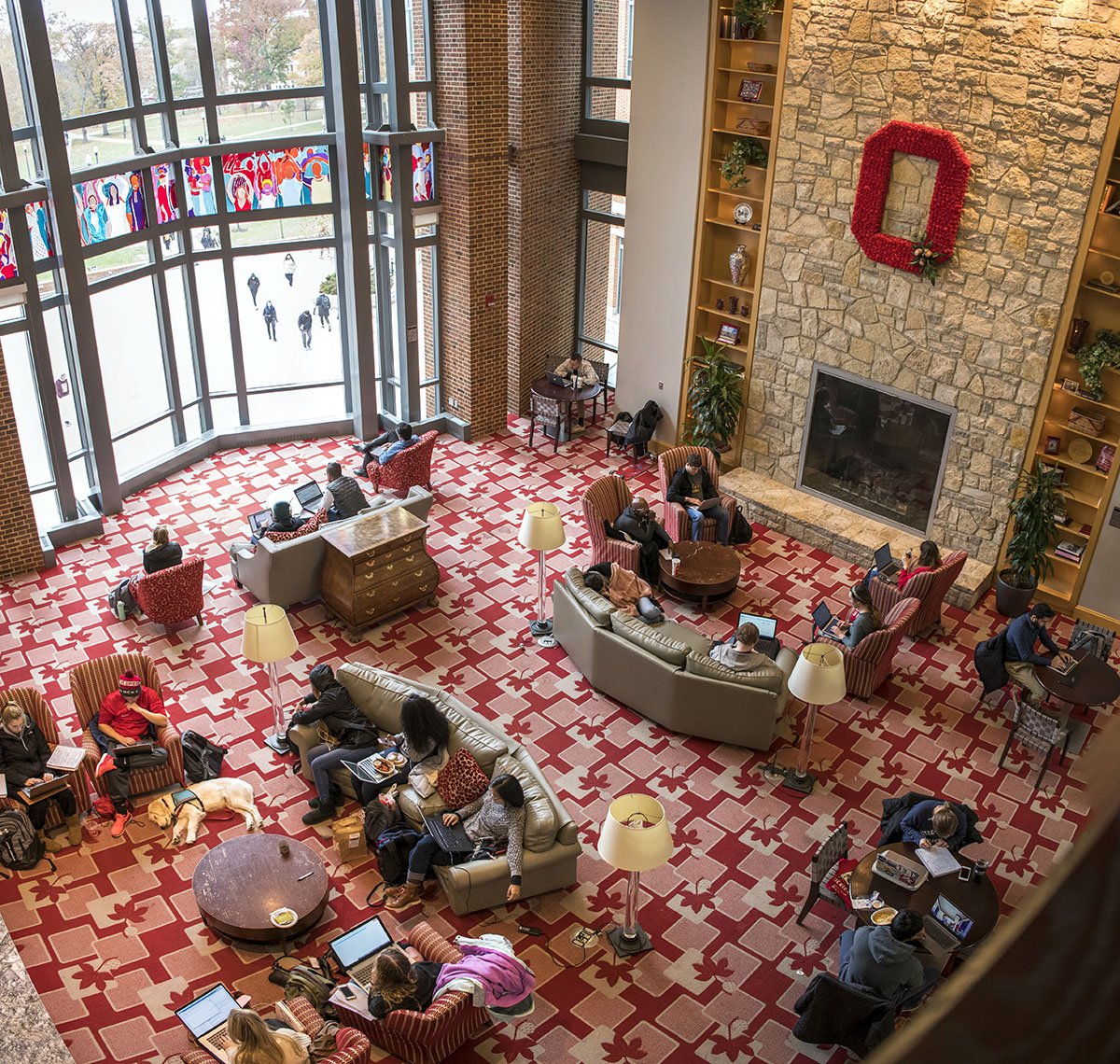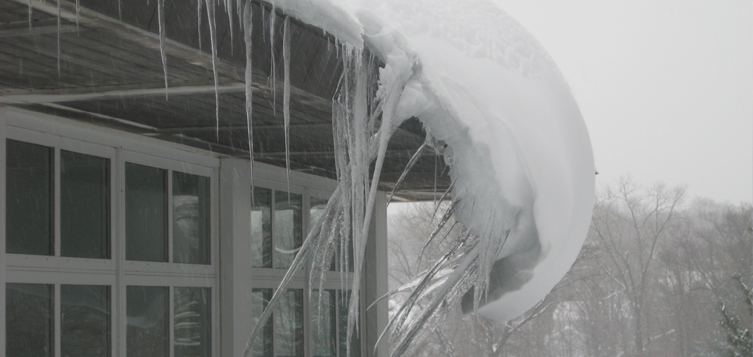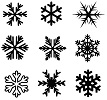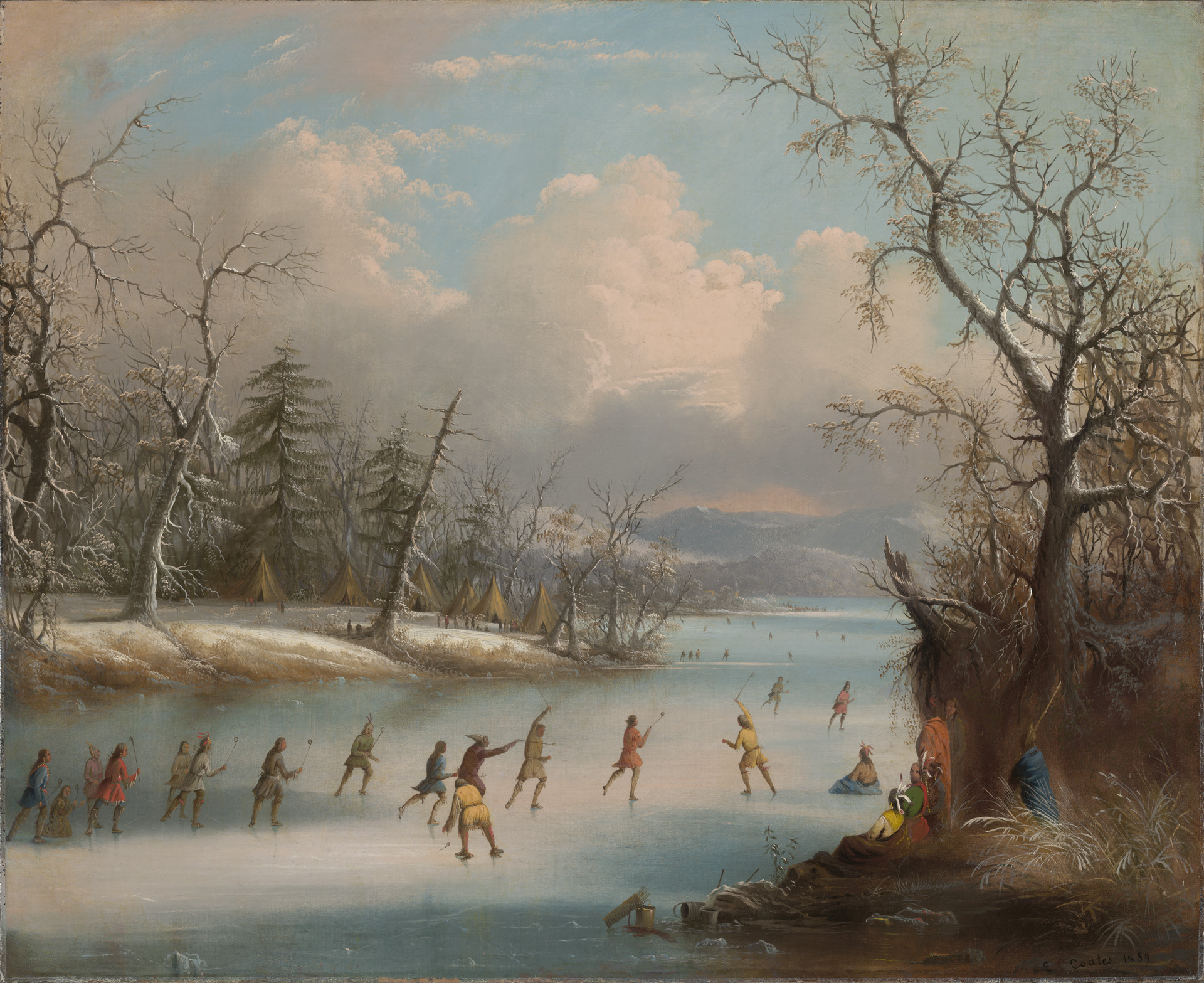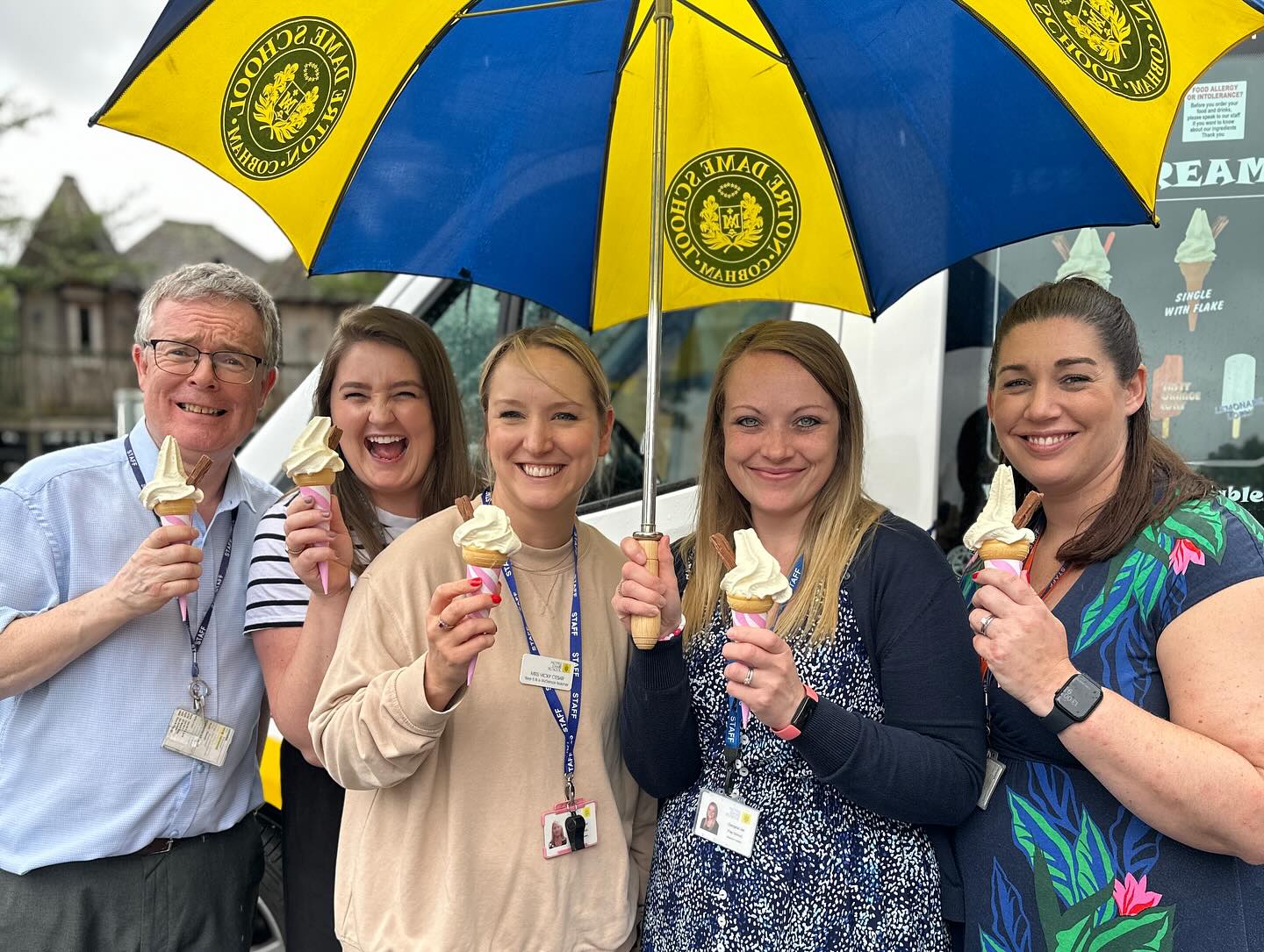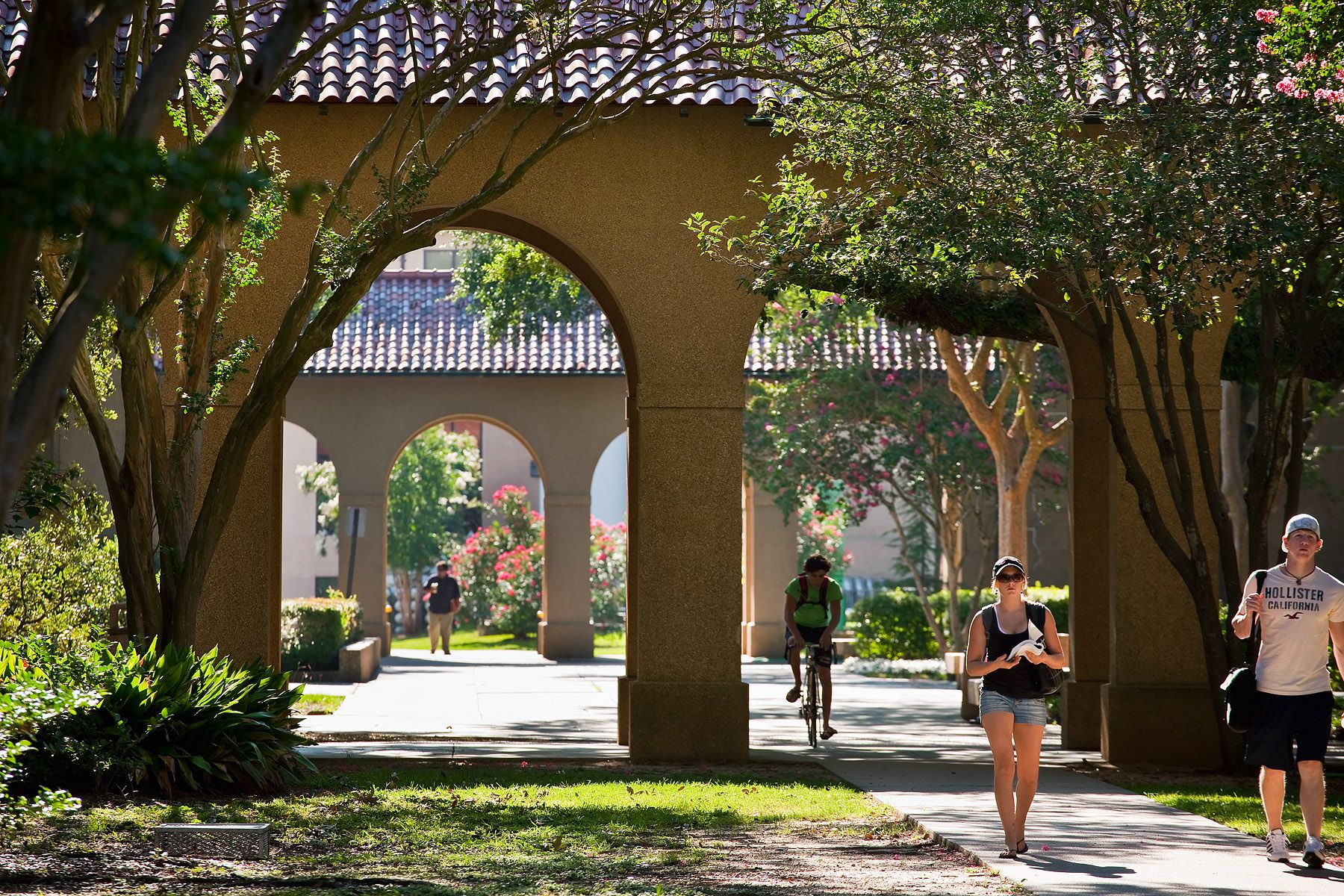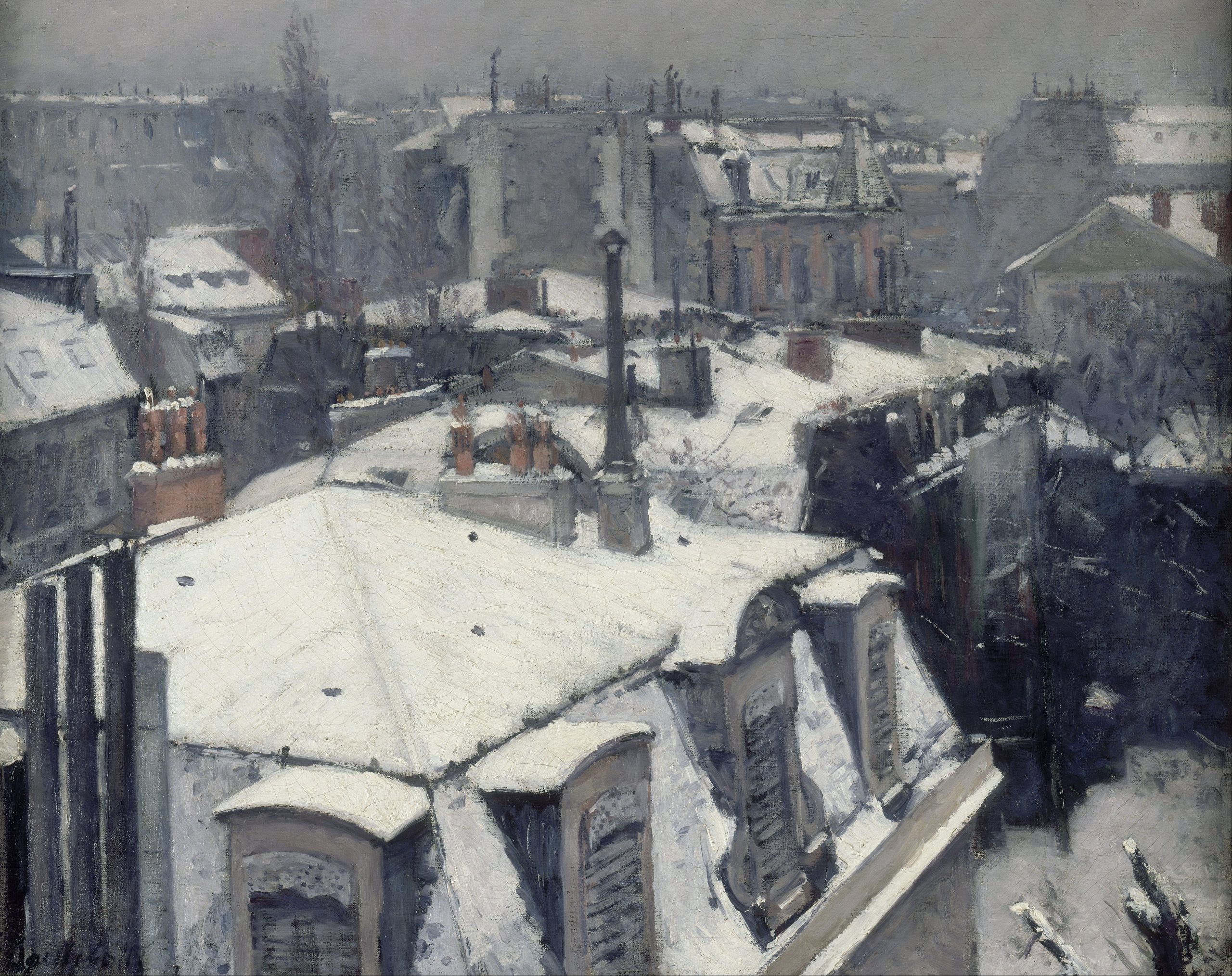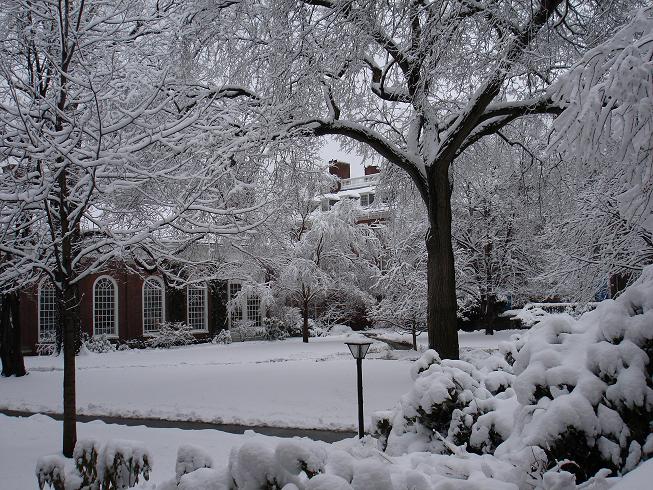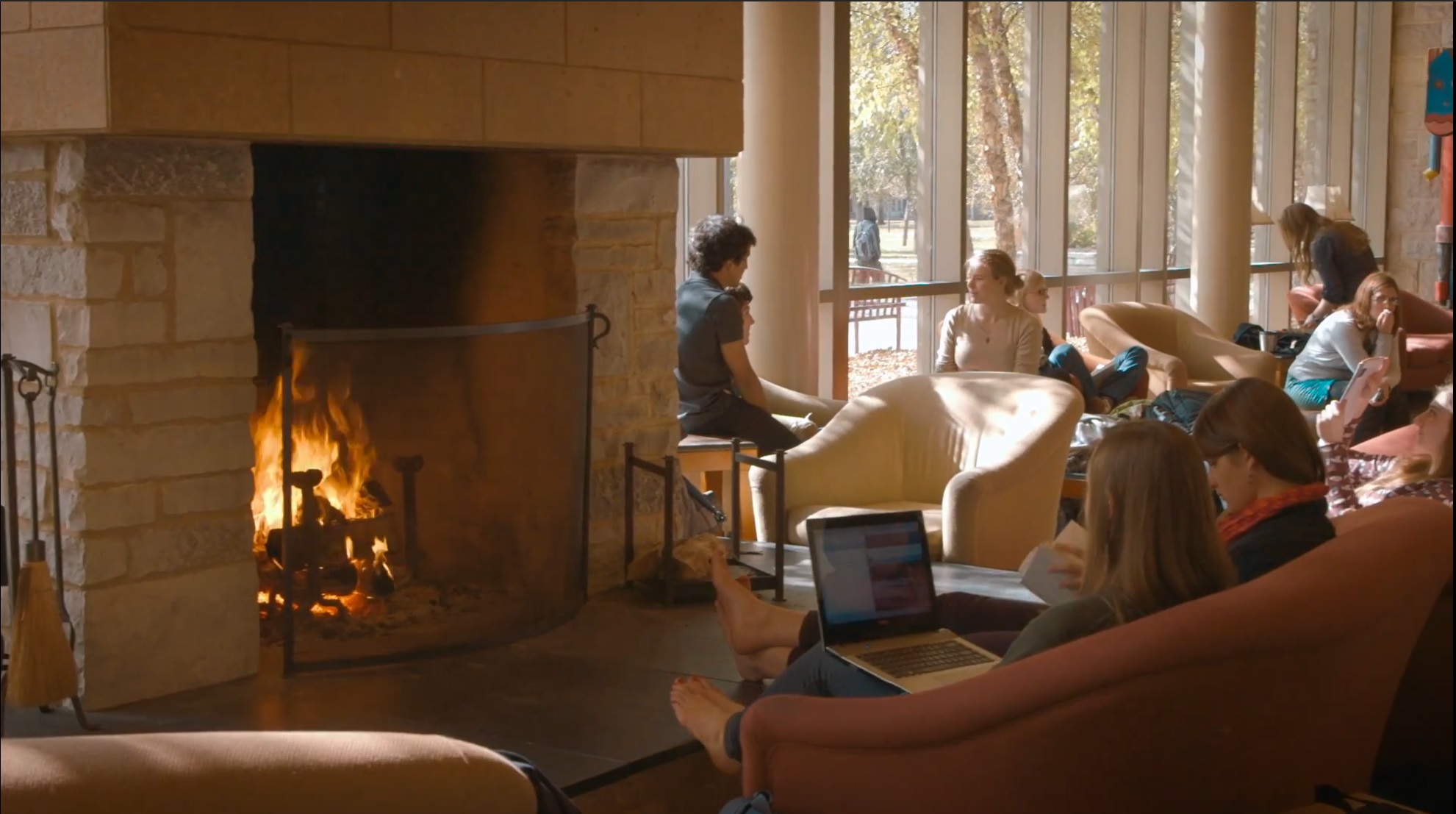Facilities Operations and Development | Office of Student Life: How to Operate a Fire Extinguisher
Tag Archives: M1
- Home
- Posts tagged "M1"

Electrical heat tracing: international harmonization-now and in the future
Electrical heat tracing: international harmonization-now and in the future
C. Sandberg
Tyco Thermal Controls
N.R. Rafferty – M. Kleinehanding – J.J. Hernandez
E.I. DuPont de Nemours & Company, Inc
Abstract: In the past, electrical heat tracing has been thought of as a minor addition to plant utilities. Today, it is recognized as a critical subsystem to be monitored and controlled. A marriage between process, mechanical, and electrical engineers must take place to ensure that optimum economic results are produced. The Internet, expert systems, and falling costs of instrumentation will all contribute to more reliable control systems and improved monitoring systems. There is a harmonization between Europe and North America that should facilitate design and installation using common components. The future holds many opportunities to optimize the design.
CLICK HERE to order complete paper
Winter Sport
The literature for designing, building and maintaining sport and recreation related spaces in education settlements cuts across so many safety and sustainability risk aggregations that, starting 2024, we begin breaking up the topic according to four seasons; mindful that not all seasons are present in all settlements at all times of the year and in different age groups.
Volleyball at the high school level in the USA is a winter sport but a fall sport at the collegiate level. Rifle and Fencing is only a collegiate sport. Swimming “short course” (25 meter) competition is a winter sport depending upon regional facilities. (e.g. University of Southern California, University of North Carolina Wilmington, University of Michigan)
Join us today when we sort through the literature and any live public consultations on proposed changes to the most frequently referenced titles.
Hockey
Figure Skating
Rifle
Recreation
Swimming
Related:
Virtual reality technology in evacuation simulation of sport stadiums
Capra hircus
Goat farming is an important source of livelihood for many small-scale farmers in developing countries, particularly in regions such as sub-Saharan Africa and South Asia. The FAO estimates that more than 90% of the world’s goats are raised in developing countries, where they provide a critical source of food and income for rural communities.
Overall, the global goat farming industry continues to grow, driven by increasing demand for goat meat and milk products, as well as the potential for sustainable agriculture practices.
Advantages:
Low start-up costs: Goat farming requires relatively low start-up costs compared to other types of agriculture. Goats are small animals that do not require much space, and they can be raised in a variety of environments, from small backyard farms to large commercial operations.
High productivity: Goats are known for their high reproductive rate, which allows farmers to increase their herd size quickly. They are also efficient at converting food into milk and meat, making them a profitable investment for farmers.
Multiple uses: Goats can be raised for meat, milk, and fiber, making them a versatile livestock option. Additionally, their manure can be used as fertilizer, and they can be used for weed control on farms and other properties.
Sustainable farming: Goat farming can be a sustainable agricultural practice, as goats do not require large amounts of feed or water, and they can be raised on marginal lands that are unsuitable for other types of agriculture.
Disadvantages:
Predation: Goats are vulnerable to predation by coyotes, dogs, and other predators, which can be a significant problem for farmers, especially in rural areas.
Disease susceptibility: Goats are susceptible to a variety of diseases, some of which can be difficult to diagnose and treat. Additionally, some diseases can be transmitted to humans, making it important for farmers to take precautions when handling their animals.
Market volatility: The demand for goat products can be volatile, and prices can fluctuate significantly based on supply and demand. This can make it challenging for farmers to predict their income and manage their finances.
Labor intensive: Goat farming can be labor-intensive, especially during kidding and milking seasons. This can make it difficult for farmers to manage their workload, especially if they have a large herd.
When you don’t have children or a significant other so get graduation photos done with your study subjects & absolute best pals ❤️
I despise having my photo taken & almost cancelled but decided I should suck it… although ended up in my dungarees for my favourite ones 😂 pic.twitter.com/0c6ZOBDEHI
— Dr Holly Vickery (@SkylarkHolly) July 25, 2024
Hi followers! It’s time to update my pinned tweet as I’ve finished my PhD at Reading in goat kid behaviour and welfare and…
I’m now a *permanent* lecturer at Harper Adams university!
Here I love to love to talk all things science, animals, crafts and smallholding life ☺️ pic.twitter.com/J9xQlLVgTi— Holly Vickery PhD (@SkylarkHolly) April 28, 2024
Healthier Hot Chocolate Recipe (VGT, GF)
This content is accessible to paid subscribers. To view it please enter your password below or send mike@standardsmichigan.com a request for subscription details.
Ice Hockey Arena Lighting
National Collegiate Athletic Association: August 2022 IRS Form 900 Tax Filing

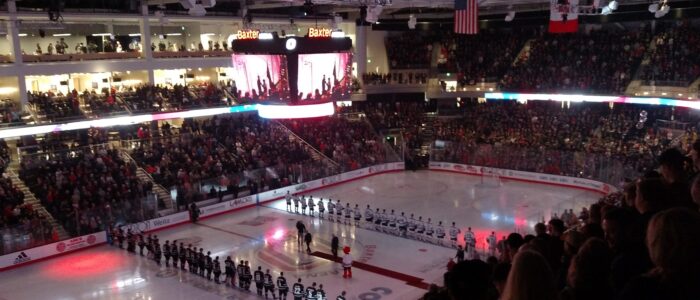
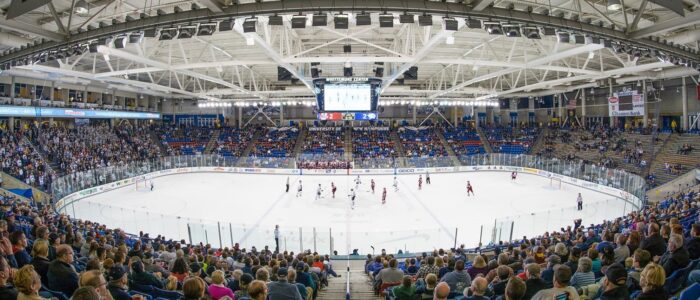
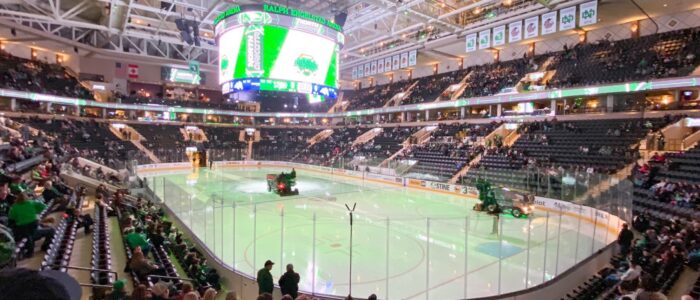
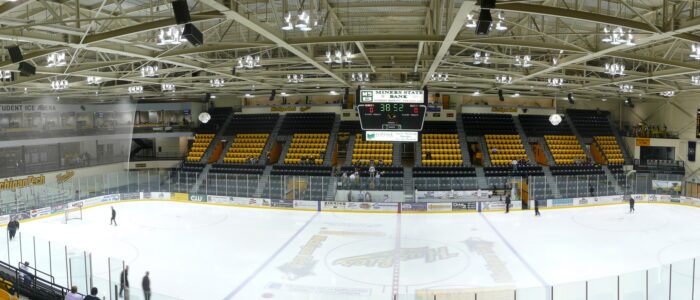
After athletic arena life safety obligations are met (governed legally by NFPA 70, NFPA 101, NFPA 110, the International Building Code and possibly other state adaptations of those consensus documents incorporated by reference into public safety law) business objective standards may come into play.For almost all athletic facilities, the consensus documents of the Illumination Engineering Society[1], the Institute of Electrical and Electronic Engineers[2][3] provide the first principles for life safety. For business purposes, the documents distributed by the National Collegiate Athletic Association inform the standard of care for individual athletic arenas so that swiftly moving media production companies have some consistency in power sources and illumination as they move from site to site. Sometimes concepts to meet both life safety and business objectives merge.
During hockey season the document linked below provides information to illumination designers and facility managers:
Athletic programs are a significant source of revenue and form a large part of the foundation of the brand identity of most educational institutions in the United States. We focus primarily upon the technology standards that govern the safety, performance and sustainability of these enterprises. We collaborate very closely with the IEEE Education & Healthcare Facilities Committee where subject matter experts in electrical power systems meet 4 times each month in the Americas and Europe.
See our CALENDAR for our next colloquium on Sport facility codes and standards. We typically walk through the safety and sustainability concepts in play; identify commenting opportunities; and find user-interest “champions” on the technical committees who have a similar goal in lowering #TotalCostofOwnership.





Issue: [15-138]*
Category: Electrical, Architectural, Arts & Entertainment Facilities, Athletics
Colleagues: Mike Anthony, Jim Harvey, Jack Janveja, Jose Meijer, Scott Gibbs
LEARN MORE:
[1] Illumination Engineering Handbook
[2] IEEE 3001.9 Recommended Practice for Design of Power Systems for Supplying Lighting Systems for Commercial & Industrial Facilities
[3] IEEE 3006.1 Power System Reliability
* Issue numbering before 2016 dates back to the original University of Michigan codes and standards advocacy enterprise
King’s Cake
It’s King Cake season and the perfect time to try your hand at making one of your own. @LSUDining’s full recipe@LSUhttps://t.co/mKFYRbnpfC pic.twitter.com/k2fd7rHJTw
— Standards Michigan (@StandardsMich) January 8, 2022
Heat Tracing Installation
One of the core documents for heat tracing is entering a new 5-year revision cycle; a consensus standard that is especially relevant this time of year because of the personal danger and property damage that is possible in the winter months. Education communities depend upon heat tracing for several reasons; just a few of them listed below:
- Ice damming in roof gutters that can cause failure of roof and gutter structural support
- Piping systems for sprinkler systems and emergency power generation equipment
- Sidewalk, ramp and stairway protection
IEEE 515 Standard for the Testing, Design, Installation, and Maintenance of Electrical Resistance Trace Heating for Industrial Applications is one of several consensus documents for trace heating technology. Its inspiration originates in the petrochemical industry but its principles apply to all education facilities exposed to cold temperature and snow. From its prospectus:
This standard provides requirements for the testing, design,installation, and maintenance of electrical resistance trace heating in general industries as applied to pipelines, vessels, pre-traced and thermally insulated instrument tubing and piping, and mechanical equipment. The electrical resistance trace heating is in the form of series trace heaters, parallel trace heaters, and surface heating devices. The requirements also include test criteria to determine the suitability of these heating devices utilized in unclassified (ordinary) locations.
Its principles can, and should be applied with respect to other related documents:
National Electrical Code Article 427
NECA 202 Standard for Installing and Maintaining Industrial Heat Tracing Systems
IEC 62395 Electrical resistance trace heating systems for industrial and commercial applications
ASHRAE 90.1 Energy Standard for Buildings Except Low-Rise Residential Buildings
We are happy to explain the use of this document in design guidelines and/or construction specifications during any of our daily colloquia. We generally find more authoritative voices in collaborations with the IEEE Education & Healthcare Facilities Committee which meets 4 times per month in Europe and in the Americas. We maintain this title on the standing agenda of our Snow & Ice colloquia. See our CALENDER for the next online meeting.
Issue: [18-331]
Colleagues: Mike Anthony, Jim Harvey, Kane Howard
Category: Electrical, #SmartCampus
LEARN MORE:
Good Building Practice for Northern Facilities
Fireplace Safety
Many accommodations such as dormitories, fraternities and sororities have working fireplaces — wood burning and natural gas. Community spaces such as student unions, libraries and recreation spaces also have fireplaces as a central feature.
The purpose of NFPA 211 is to reduce fire hazards by discovering and promulgating best practice for the safe removal of flue gases, the proper installation of solid fuel-burning appliances, and the correct construction and installation of chimneys, fireplaces, and venting systems. The current 2019 Edition is linked below:
Free Access: NFPA 221 Standard for Chimneys, Fireplaces, Vents, and Solid Fuel-Burning Appliances
The 2024 has been released. To guide our inquiry into safety and sustainability concepts for the 2027 Edition we like review the developmental transcripts of previous edition:
Public comment on the First Draft of the 2027 Edition will be received until June 3, 2025. We encourage facility managers to recommend improvements to this standard by setting up a (Free) NFPA account the link below:
Online submission of public input and public comments
We maintain this standard on our periodic Prometheus and Housing colloquia. Consult our CALENDAR for the next online meeting, open to everyone
Link to parent standard:
University of Rochester Fireplace Safety
American Gas Association: How Natural Gas Fuels Your Holiday Traditions
New update alert! The 2022 update to the Trademark Assignment Dataset is now available online. Find 1.29 million trademark assignments, involving 2.28 million unique trademark properties issued by the USPTO between March 1952 and January 2023: https://t.co/njrDAbSpwB pic.twitter.com/GkAXrHoQ9T
— USPTO (@uspto) July 13, 2023
Standards Michigan Group, LLC
2723 South State Street | Suite 150
Ann Arbor, MI 48104 USA
888-746-3670


